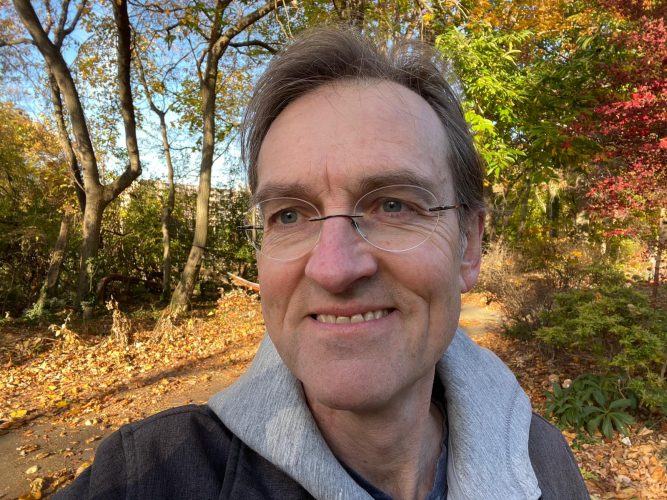News outlets have mobilised significant resources to cover the upcoming US elections, with hundreds of reporters flying into swing states from around the world. How difficult is it to cover this critical election?
Very, it would appear. One major problem is the size and spread of the nation. Then, of course, there’s the issue of separating facts from misinformation.
“A lot of people are very poorly treated and discriminated against. They tell me stuff, and they claim this, and they make up crazy statements,” said Tom Hals of Reuters. “I really try to keep my reporting to verifiable facts.”
Covering American politics is always challenging for journalists because of the highly divided nature of the political landscape. The prevalence of misinformation on social media exacerbates these difficulties, making it particularly challenging for journalists from outside the country. According to a report from the Reuters Institute, around 72 per cent of online news users are concerned about distinguishing real news from fake, which often leads to accusations of bias from different sides.

Further, the vast geographical spread and rapid pace of election events require journalists to be highly adaptable.
“I have been swinging like a pendulum back and forth between western and eastern Pennsylvania, across various Trump and Harris events,” said Arjun Singh of The Epoch Times. “There’s always another rally that’s being added to the schedule.”
Singh notes that covering election campaigns lacks routine and can become chaotic. “You have to choose what is more newsworthy and what is less newsworthy, as one can’t always be in every single space where there is a big event happening,” he explained. This requires discernment and an understanding of the practical realities of the election, which informs those choices.

“You’re not going to get spoon-fed anything; you have to go and aggressively seek it yourself,” Singh added.
As journalists work to untangle these complexities, they also encounter the real-world challenges voters face.
“I’m kind of surprised how hard it can be for some people to vote,” said Hals.
People who are visually impaired or have mobility issues, he said, have a terrible time getting to the polling stations and standing in long queues.
There are only 24 hours in a day to chronicle everything that a journalist possibly can happening on the ground, added Singh. So reporters end up prioritising and making personal sacrifices. The challenges are great, said Singh. “But I think in the end the sacrifices will be worth it.”
The cover image was generated with AI, using Stable Diffusion.






